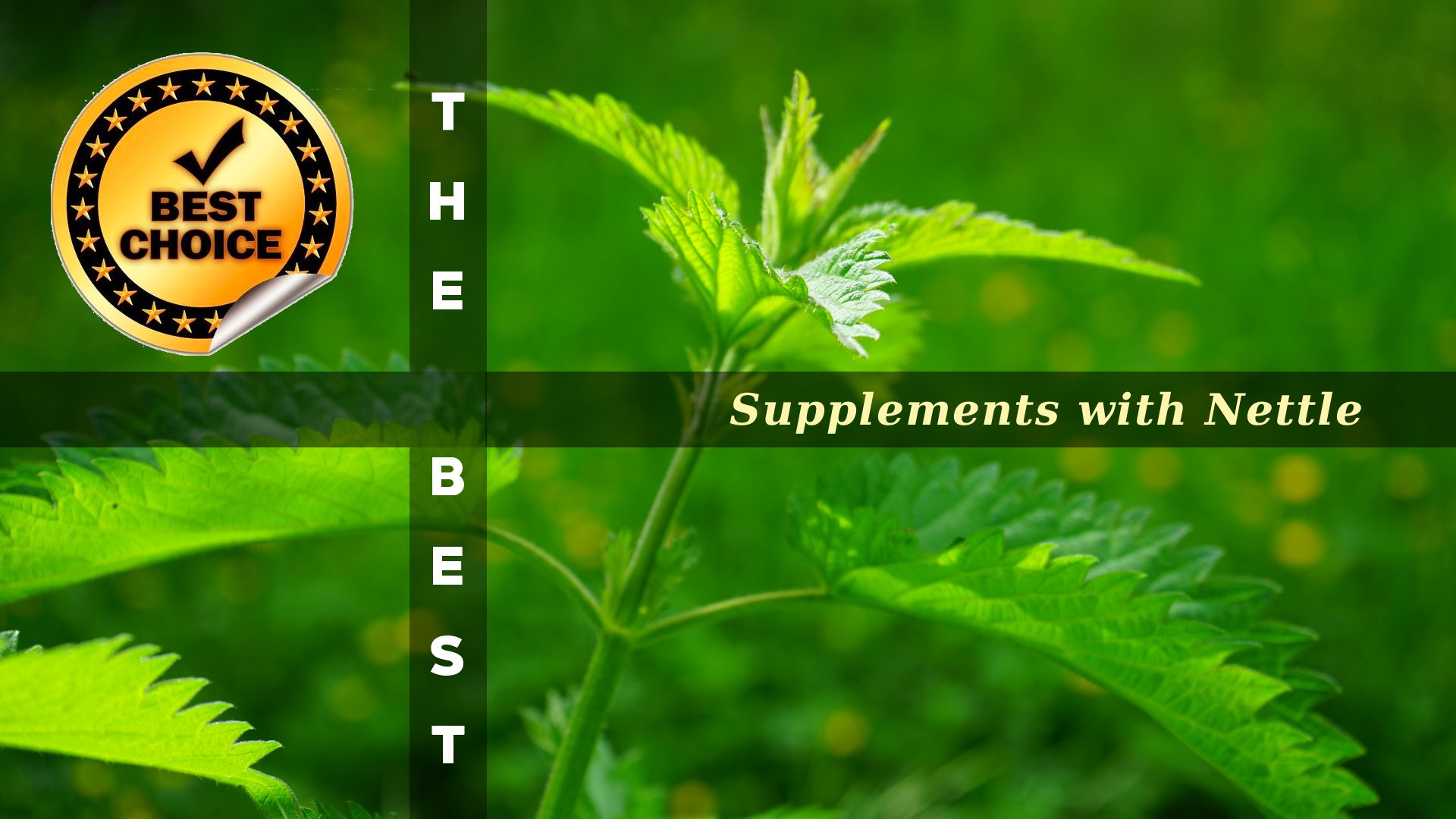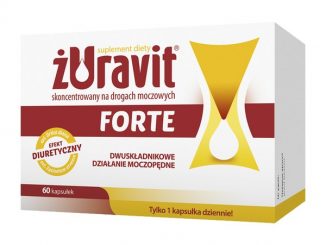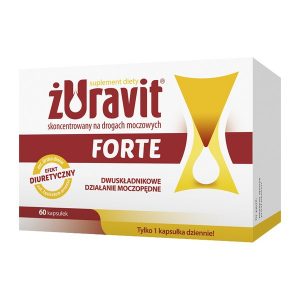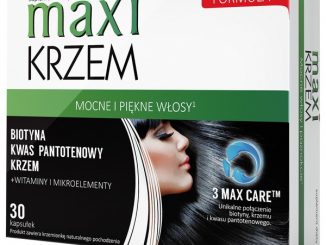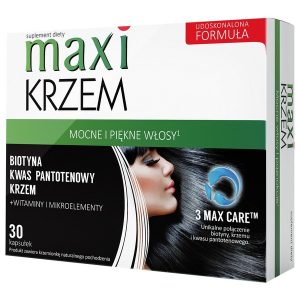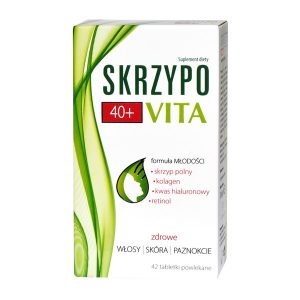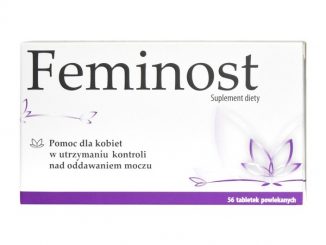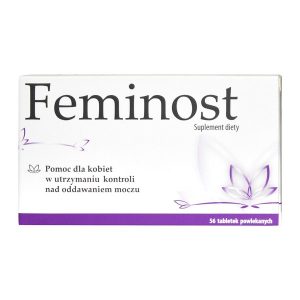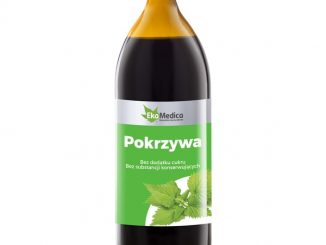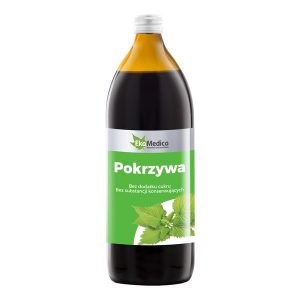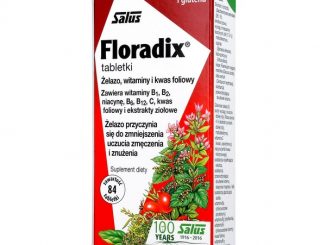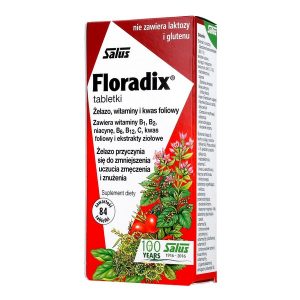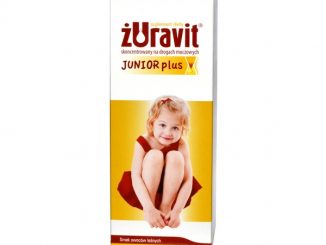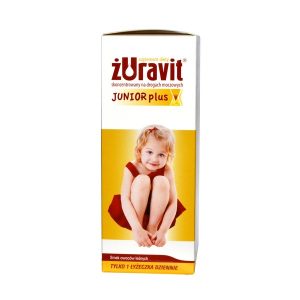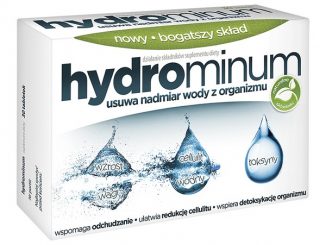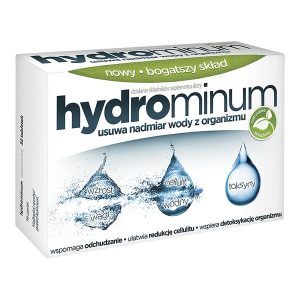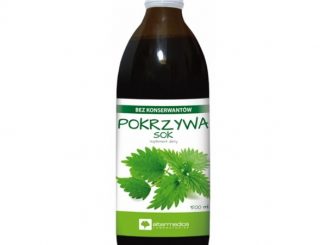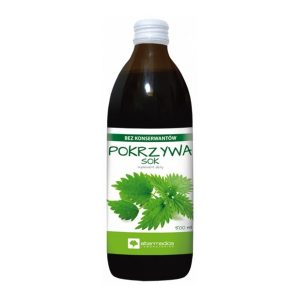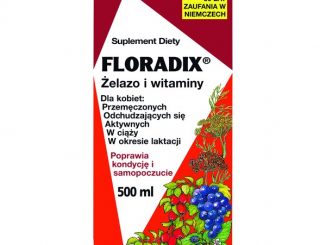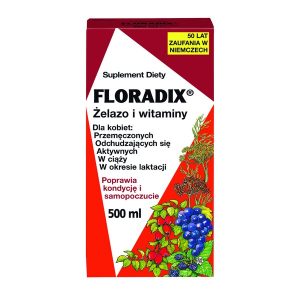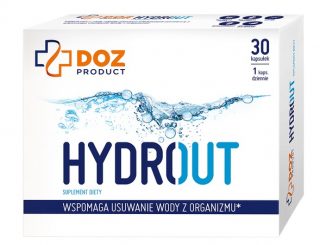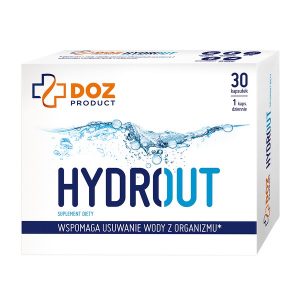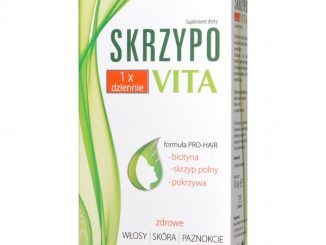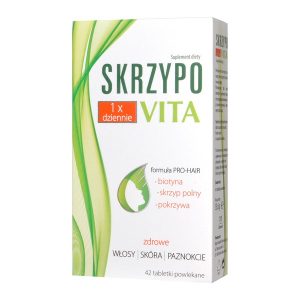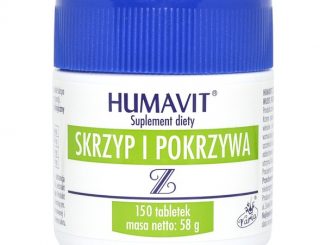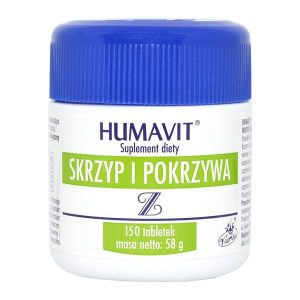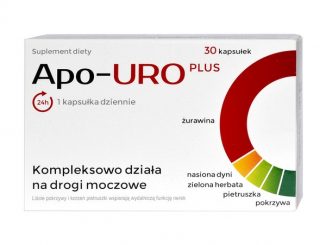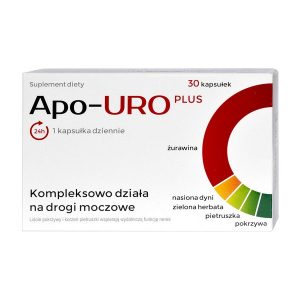The properties of Nettle
Urtica dioica (common name is stinging nettle in English, گزنه in Persian, Ortigamayor in spanish, and القراص الكبير in Arabic) is a member of Urticaceae family(1114).
Common nettle (Urtica dioica) and dwarf nettle (Urtica urens) are plants from nettle family. Both strains of plant are characterised by effuse, serrated and heart-shaped leaves. Flowers, leaves, seeds and root of nettle are used to many types of therapy, because they contain various chemical compounds. Among others thanks to large quantity of nourishments this ingredient splendidly influences on stoppage of hair loss process which is confirmed by conducted researches. Nettle Leaf a natural source of easily absorbable vitamins and minerals, effectively strengthens hair, skin and nails.
Nettle leaf extract – has laboratory-confirmed anti-inflammatory and antibacterial properties. It shows strong antioxidant and cleansing properties and neutralizes free radicals. Nettle inhibits the release of inflammatory prostaglandins COX-2, hinders the growth of bacteria and has a beneficial effect on skin by fighting diseases such as acne.Its antibacterial properties prevent the growth of both Gram-positive and Gram-negative bacteria, including E.coli.
Above ground parts-as a supportive therapy for rheumatic ailments (internally and externally). Internally, in irrigation therapy for inflammatory diseases of the lower urinary tract and prevention and treatment of kidney gravel.
Root-in symptomatic treatment of micturition disorders (dysuria, ollakiuria, nocturia, urine retention) in benign prostatic hyperplasia at stages I and II.
Clinical experiments have confirmed the utility of the herb as a haemostatic in uterine haemorrhage and bleeding from nose. The herb is also used in sciatica, rheumatism and palsy. The treatment for paralysis comprises slapping the patient with a bundle of twigs.
The urticating properties of the hairs are attributed to the presence of acetylcholine, histamine and 5-hydroxytryptamine (5-HT). A histamine-liberating enzyme is also present. Acetylcholine is present in the leaves, rootlets, rhizomes and cortex in the ascending order of concentration. Histamine is not present in the underground parts of the plant. Its concentration in the leaves is about four times than that in the stem-cortex. Betaine and choline are present in the leaves.
The leaves gave flavonoids (including rutin), sterols, carotenoids, vitamins (including C, B group, K), minerals, plant phenolic acids. The coumarin scopoletin has been isolated from the flowers and the root.
Testosterone likes to bind itself to a protein called SHGB. But when it’s attached to protein, testosterone isn’t very useful. Research suggests that nettle leaf also binds to SHBG, leaving your testosterone free to circulate your bloodstream and do much more useful things like build muscle and boost your libido.
The leaf and root is contraindicated in kidney disease and pregnancy.
Indications
Leaves
- Genitourinary infections: cystitis, urethritis, prostatitis, pyelonephritis.
- Kidney stones.
- Benign prostatic hyperplasia.
- Whenever an increase of diuresis is necessary: edemas, oliguria, over weight with water retention, hyperuricemia, gout, hyperazotemia, edemas due to vein deficiency.
- Arthralgia, bone and muscular rheumatism.
- Anemia due to vitamin and mineral deficit, convalescence and asthenia.
- Diabetes.
- Hepatobiliary dyskinesia, cholecystitis, diarrhea.
- Pancreatitis (enzymatic production is increased).
- Skin conditions: acne, seborrheic dermatitis, etc.
- Scalp disorders: dandruff, oily hair, hair loss, etc.
- Stomatitis, pharyngitis.
- Vulvovaginitis.
- Hyperhidrosis.
- Hemorrhoids.
Roots
Prostatitis, benign prostatic hyperplasia, post-operatory conditions of adenectomy.
Allergy & anti-inflammatory effect
The leaves of the plant contain histamine, serotonin (5-hydroxytryptamine), and acetylcholine. Although it may seem inconsistent to use an extract that contains histamine to treat allergic rhinitis, subcutaneous and intravenous injections of histamine have been previously used to treat several allergic conditions such as cold urticaria with associated anaphylaxis, migraine, cluster headache associated with vasomotor rhinitis, penicillin reaction, and allergic arthritis. It is also known that during allergen exposure, low plasma histamine levels, and not high plasma histamine levels, are associated with severe reactions. A prospective, double-blind, comparative study of 69 allergic arthritis patients noted a significant benefit with UD versus placebo. A more recent study also showed that UD inhibited proinflammatory pathways related to allergic rhinitis by antagonizing histamine 1 receptor, inhibiting prostaglandin (PG) formation and inhibiting degranulation(1004).
Nettle leaf has been investigated to prove its anti-inflammatory effect in a pilot study. 50 mg Diclofenac per day was administered to patients with acute arthritis together with 50 mg infusion of Urtica dioica orally. This remedy has caused remarkable attenuation in CRP level and some patients' complaints for 200 mg Diclofenac per day; according to these outcomes, U. dioica when combined with NSAIDs have an outstanding synergistic effect(1115). Topical effectiveness of nettle leaf has been assessed in osteoarthritis of thumb through RCT; significant alleviation in pain, stiffness, and anti-inflammatory and analgesic therapy requirements have been observed(1116). The combination of nettle leaf with rosehip and willow bark has suppressed IL-1β and COX-2 in chondrocytes. In this in vitro study, chondroprotective and anti-inflammatory effects of this botanical extract have been proved(1117). Leaf extract of U. dioica has had inhibitory potential on proinflammatory transcription factor NF-κB (scientific studies have shown elevation in NF-κB in synovial fluid of RA patients)(520). This extract has had anti-inflammatory potential in allergic rhinitis by the following pathways: antagonizing H1-receptor, reducing of PGD2 production (allergy specific prostaglandin), and inhibitory effect on mast cell tryptase(1118).(1069)


























































